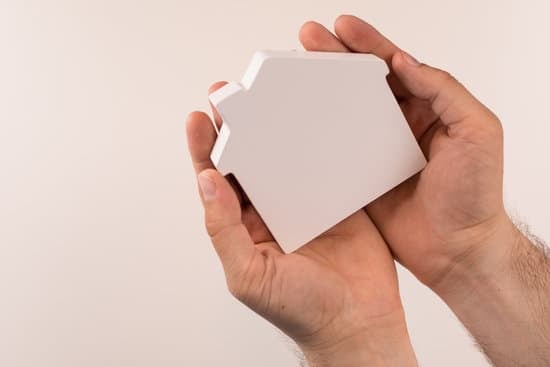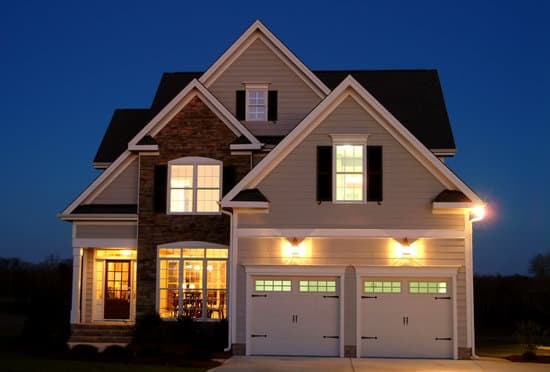Understanding Geothermal Heating Systems
Geothermal heating systems are an innovative way of heating your home that draws heat from the earth. This system relies on the steady temperature that the earth maintains throughout the year, making it a reliable source of energy. These systems work by utilizing a series of pipes that are buried in the ground, which allows for heat transfer. This technology has been around for a while, but only recently gained popularity due to its eco-friendly nature.Efficiency of Geothermal Heating Systems
One of the main advantages of geothermal heating systems is their efficiency. High-efficiency geothermal systems tend to operate between 100 and 120 degrees, which is much lower than the typical HVAC unit that is built to run between 180 and 200 degrees. Due to the lower operating temperature, a geothermal system’s efficiency is much higher than a standard HVAC unit. This is because less energy is required to maintain the desired temperature. Some benefits of the efficient nature of geothermal heating systems include:- Lower energy bills
- Reduced carbon emissions
- Longer lifespan of equipment
Optimal Temperatures for Geothermal Heating
Knowing what temperature your geothermal heating system should operate at is crucial to ensure optimal performance. Ideally, a geothermal system should operate between 100 and 120 degrees. With that said, the optimal temperature is dependent on the climate and the needs of the homeowner. It’s important to note that geothermal systems are versatile and can be used for both heating and cooling but require a different optimal temperature range for these functions. We recommend discussing your personal needs and preferences with a professional to ensure that your geothermal system is set up and maintained at the optimal temperature.Comparison of Geothermal and HVAC Units
When it comes to heating your home, there are a variety of options to choose from, including geothermal and HVAC units. HVAC units rely on fossil fuels such as gas or oil, and their efficiency is largely dependent on the temperature outside. On the other hand, geothermal systems rely on the steady temperature beneath the earth’s surface, making its operation less reliant on external factors. This makes geothermal systems more reliable and efficient in the long run. Some of the key differences between geothermal and HVAC units include:- Efficiency
- Cost
- Lifespan of equipment
- Environmental impact
Benefits of Using Geothermal Heating Systems
There are a multitude of benefits to using a geothermal system to heat your home. The most obvious benefit is its efficiency, which can significantly reduce your energy bills. Additionally, geothermal systems are environmentally friendly and produce little to no emissions. Another benefit is the flexibility of the system to heat and cool your home. This versatility makes it an all-in-one solution for your home’s heating and cooling needs. Some additional benefits of using geothermal heating systems include:- Quiet operation
- Low maintenance
- Long lifespan of equipment
- Increased comfort in your home
Maintaining Your Geothermal Heating System for Optimal Performance
Maintaining your geothermal heating system is essential for optimal performance and longevity. The good news is that these systems require very little maintenance, making them an excellent long-term investment. However, it’s crucial to perform regular inspections and preventative maintenance to ensure that your system is functioning correctly. Here are some maintenance tips for your geothermal heating system:- Check the air filter every 6 months
- Clean the air filter every 12 months
- Clean the coils every 2-3 years
- Check coolant levels every 5 years
- Get your system inspected annually by a professional
Cost Savings with Geothermal Heating Systems
While geothermal systems may have a higher upfront investment than traditional HVAC units, the long-term cost savings more than make up for it. According to the U.S. Department of Energy, homeowners can expect to save between 30% and 70% on their energy bills when using a geothermal system. Additionally, these systems have a long lifespan, which means fewer replacements and repairs over time. Some common cost savings associated with geothermal heating systems include:- Lower energy bills
- Lifetime savings on equipment replacements and repairs
- Increased home value




















